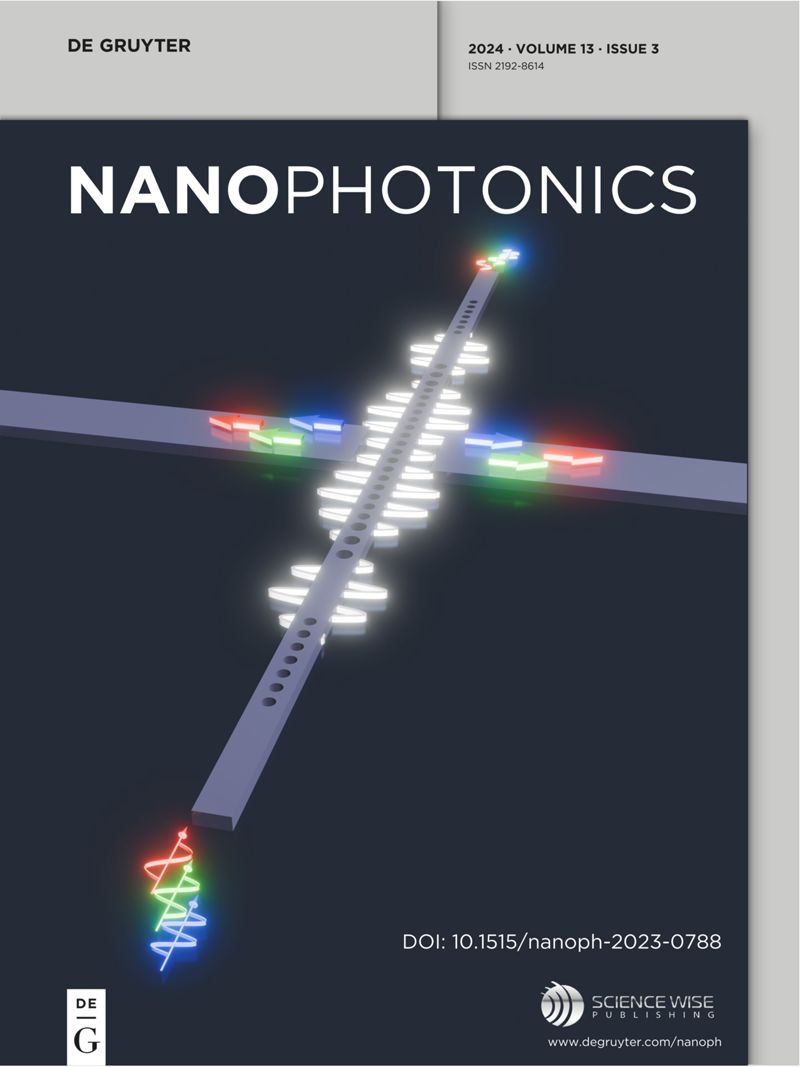Large-area sensors using Cd(Zn)O plasmonic nanoparticles for surface-enhanced infrared absorption
IF 6.5
2区 物理与天体物理
Q1 MATERIALS SCIENCE, MULTIDISCIPLINARY
引用次数: 0
Abstract
Surface-enhanced infrared absorption (SEIRA) spectroscopy holds significant promise for chemical detection as it enables direct identification of distinct vibrational fingerprints of molecules. Traditionally, SEIRA has been exploited through the use of tailored metallic nanoantennas, which are burdened by high losses in the mid infrared and costly nanofabrication techniques. In this work, we introduce an alternative, simpler approach using self-assembled Cd(Zn)O nanoparticles as a SEIRA platform. We demonstrate enhancements of the vibrational absorption of several molecular bonds in polymethyl methacrylate and vanillin up to a factor of 4.3. Such enhancements scale linearly with the surface density of nanoparticles, which can be controlled through the growth conditions. Thanks to the tunability of our platform, we report extended sensing capabilities to high energies in the mid-IR, reaching as high as 3,800 cm采用Cd(Zn)O等离子体纳米粒子表面增强红外吸收的大面积传感器
表面增强红外吸收(SEIRA)光谱具有重要的化学检测前景,因为它可以直接识别分子的不同振动指纹。传统上,SEIRA是通过使用定制的金属纳米天线来开发的,这种金属纳米天线受到中红外高损耗和昂贵的纳米制造技术的负担。在这项工作中,我们介绍了一种替代的,更简单的方法,使用自组装的Cd(Zn)O纳米颗粒作为SEIRA平台。我们证明了在聚甲基丙烯酸甲酯和香兰素中几个分子键的振动吸收增强了4.3倍。这种增强与纳米颗粒的表面密度成线性关系,这可以通过生长条件来控制。由于我们平台的可调性,我们报告了扩展到中红外高能量的传感能力,达到高达3,800 cm−1。总而言之,我们提出了大面积,简单制备,随时可感知表面的概念证明,该表面有可能扩大规模,成为中红外分子传感的重要技术。
本文章由计算机程序翻译,如有差异,请以英文原文为准。
求助全文
约1分钟内获得全文
求助全文
来源期刊

Nanophotonics
NANOSCIENCE & NANOTECHNOLOGY-MATERIALS SCIENCE, MULTIDISCIPLINARY
CiteScore
13.50
自引率
6.70%
发文量
358
审稿时长
7 weeks
期刊介绍:
Nanophotonics, published in collaboration with Sciencewise, is a prestigious journal that showcases recent international research results, notable advancements in the field, and innovative applications. It is regarded as one of the leading publications in the realm of nanophotonics and encompasses a range of article types including research articles, selectively invited reviews, letters, and perspectives.
The journal specifically delves into the study of photon interaction with nano-structures, such as carbon nano-tubes, nano metal particles, nano crystals, semiconductor nano dots, photonic crystals, tissue, and DNA. It offers comprehensive coverage of the most up-to-date discoveries, making it an essential resource for physicists, engineers, and material scientists.
 求助内容:
求助内容: 应助结果提醒方式:
应助结果提醒方式:


